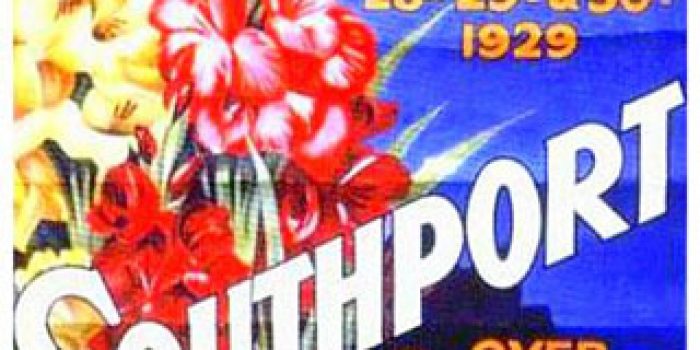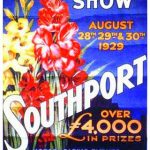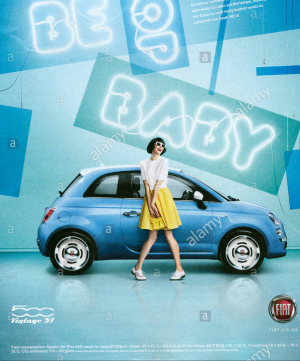As Southport Flower Show turns 90, garden designer and broadcaster Matthew Wilson looks at how tastes and trends have evolved. By Hannah Stephenson.
Who remembers when rock gardens were fashionable? Or perhaps at one point in your green-fingered life you attempted to paint your garden fence sky-blue, or adorn your patio with crazy paving?
These are just some of the trends remembered by award-winning garden designer and TV expert Matthew Wilson, a regular on BBC Radio 4’s Gardeners’ Question Time, who will be judging at Southport Flower Show later this month.
And this year mark’s the show’s 90th anniversary – so what better time to glance back at the go-to gardening looks we’ve seen come and go over the years?
Here, Wilson takes us down memory lane with a look at horticultural fads and fashions through the decades…
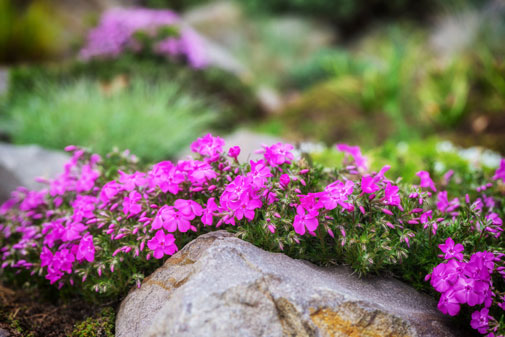
1920s: The rock garden
In the 1920s, rock gardens were the height of fashion. You hardly see them these days, although there are still some designers who produce them.
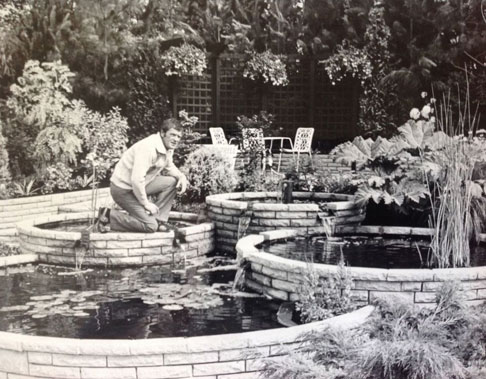
1930s: Art deco designs
As art deco architecture came into fashion, the style often extended into gardens. Exotic plants and evergreens were shown off in simple white-walled plots or within curved brick designs.
A great deal of creative effort was put into the paving, with highly stylised patios and paths.
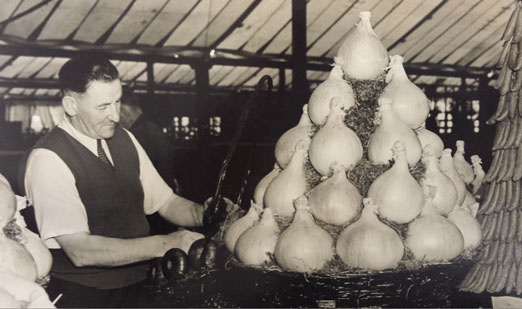
1940s: Grow your own
After the war, rationing continued for many years and the ‘grow your own’ movement was a necessity, rather than a fashion.
Ornamental gardens were dug up to make vegetable patches. Even football pitches were turned into allotments, and London’s Hyde Park had a huge allotment garden.
This trend continued into the 1970s, as seen on TV in The Good Life, and then fell out of fashion – but is very much back on the agenda for very different reasons right now, linked to the concern about the environment, food miles and agricultural additives. It’s come full circle.
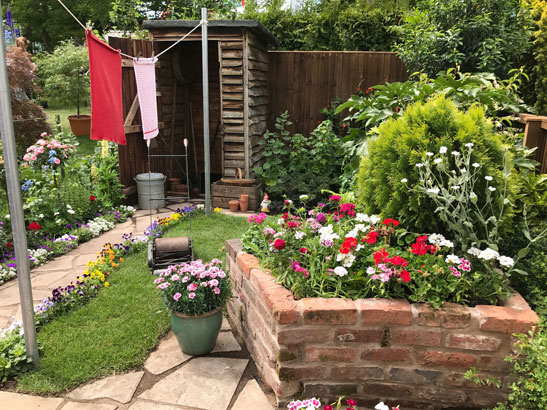
1950s: Rose gardens
There was a massive interest in rose breeding in the 1950s, with growers trying to produce new and exotic coloured colours. People tried to grow blue roses, which actually cannot exist in nature but have since been grown using genetic modification.
The Royal National Rose Society had more than 100,000 members by the 1970s. People still love roses, but few would have a rose garden that is solely roses and nothing else today.
It was also the start of the British love affair with the well-tended garden lawn, as new weed-killers, mowers and products came on the market, and the 1950s was the decade when the first garden centre opened in the UK.
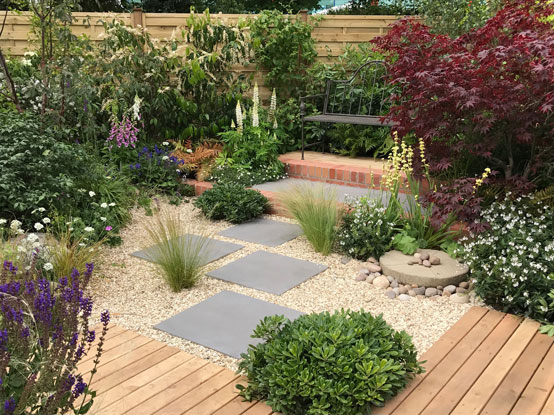
1960s: Mini conifers and heathers
In the late 1960s, there was a trend for mini-conifers and heathers in Britain’s gardens. They were popular because they were fairly low-maintenance and looked good all year round.
“Like many trends, they went completely out of fashion, but I think in the next few years we will start to see a renewed interest in conifers,” says Wilson.
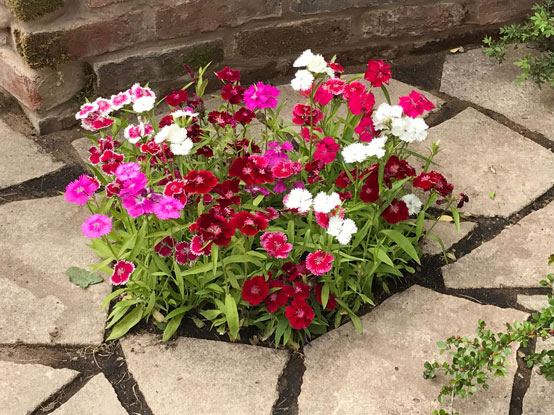
1970s: Crazy paving
Crazy paving was big in gardens in the 1970s. It was popular because it gave people a unique design in their garden, often in pink or yellow, and was also cheaper than conventional paving.
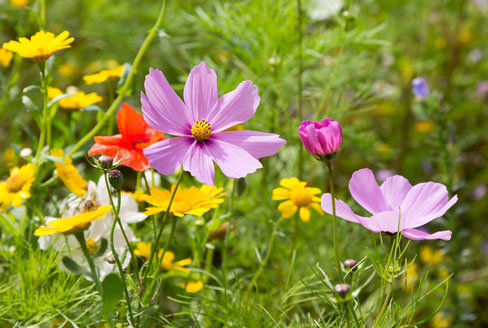
1980s: Wildlife gardening
The 1980s saw a surge of interest in wildlife gardening, with households encouraging wildflowers to grow in their gardens as concerns grew about the environment.
Chris Baines’ 1985 book, How To Make A Wildlife Garden, shot to the bestseller lists – telling people how to make their gardens a haven for wildlife. The trend of gardening with nature, rather than fighting against it, has continued and is now arguably one of the most important aspects of modern gardening.
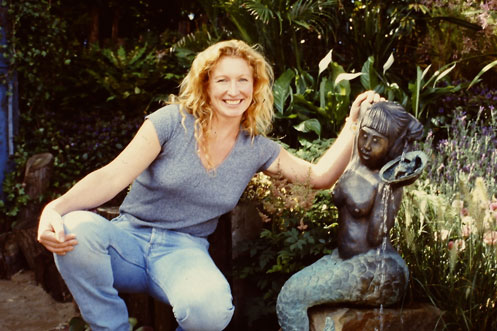
1990s: The TV makeover
The 1990s was the decade when gardening became prime-time TV, with shows like Ground Force with Alan Titchmarsh and Charlie Dimmock encouraging householders to give their gardens a dramatic makeover.
Decking and other recreational features became popular, as more people made the barbecue and patio table and chairs the focus of their outdoor space.
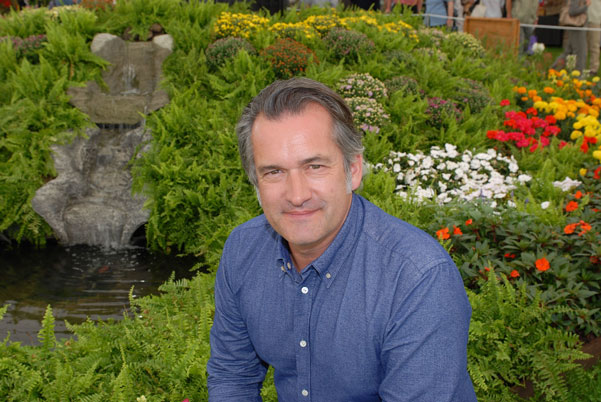
2000s: Naturalistic planting
The new century saw the popularity of ‘naturalistic’ planting start to grow, inspired by designers such as James van Sweden in the US and Piet Oudolf from the Netherlands.
In Essex, Beth Chatto had created the influential ‘Gravel Garden’, and flower shows began to feature planting schemes that had more in common with meadows than traditional flower beds.
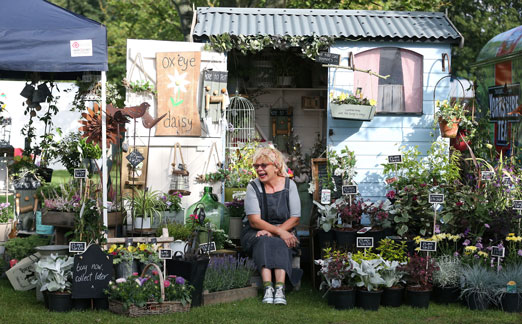
2010s: Green gardening
Gardeners became far more conscious of the environment. ‘No-dig’ gardening is a big part of what we do now, and is going to become even bigger. It is a less intensive way of cultivating the soil, that prevents damage to the soil flora and fauna that are so important to plant health.
There is a big concern these days about water use and the environment, and this is driving the way we garden. Coastal towns are always drier, so building zero-irrigation gardens – for instance, thinking about the right plants for the right place – is also big.
Southport Flower Show runs from Aug 15-18. For tickets and further information, see southportflowershow.co.uk.

